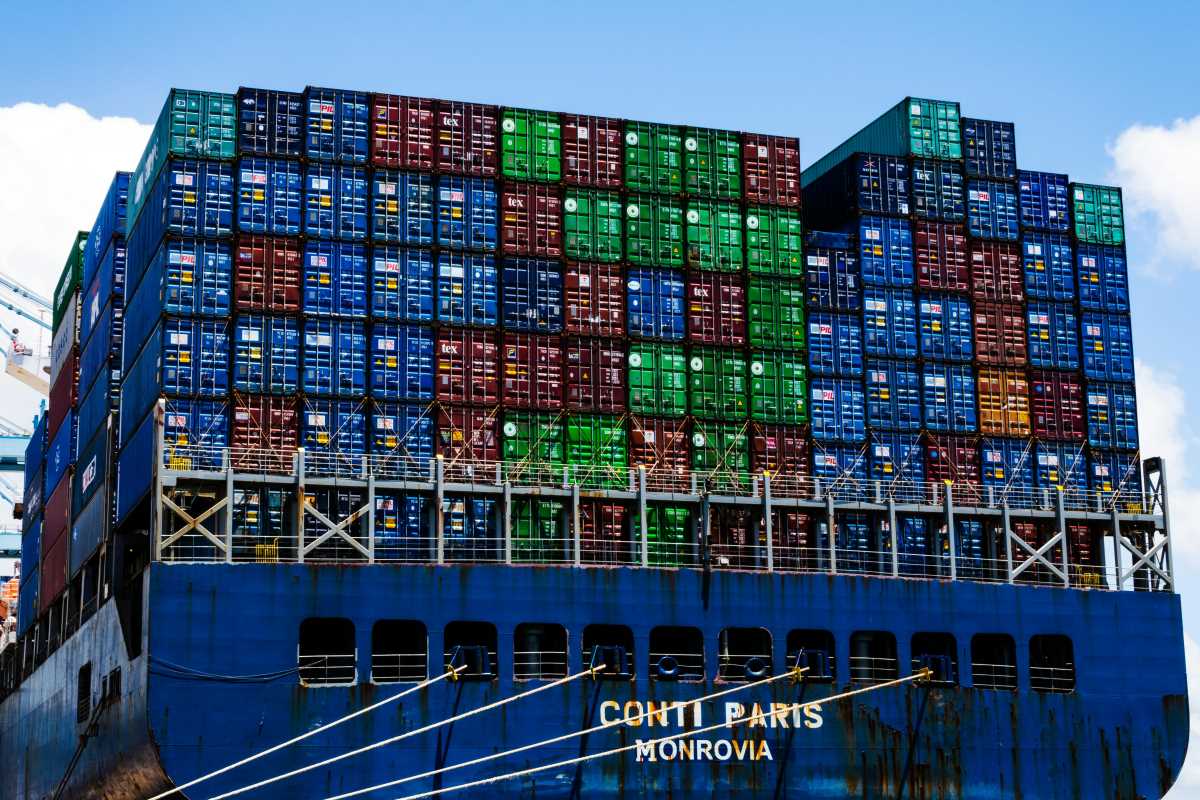Specialty clothing lines continue to capture attention by providing distinctive and high-quality garments that truly shine in a competitive marketplace. Despite facing a series of global disruptions recently, these brands remain steadfast, demonstrating impressive resilience and adaptability. They encounter a variety of challenges, ranging from unforeseen delays to rising costs, yet they skillfully steer through this intricate landscape to maintain seamless operations. By staying nimble and proactive, these clothing lines manage to uphold their unique appeal and quality, ensuring that they not only survive but thrive amidst the complexities of the modern fashion industry.
As the world becomes more interconnected, the supply chains that support these niche brands face unprecedented strains. Specialty clothing lines must find creative solutions to maintain their standards while keeping up with the ever-changing demands of the market. Let’s dive into the current state of global supply chains and explore how these unique brands respond to the challenges.
The Current State of Global Supply Chains
- Disruptions caused by geopolitical tensions and trade wars lead to increased tariffs and import/export restrictions.
- Logistical challenges such as port congestions, limited shipping capacity, and delays in transportation.
- Shortages of raw materials and components drive up costs and affect production timelines.
- Labor shortages and workforce disruptions arise due to pandemics and other health crises.
- Increased demand volatility makes it difficult to forecast and manage inventory effectively.
Impact on Specialty Clothing Lines
- Rising production costs result from higher material prices and increased tariffs.
- Extended lead times make it harder to bring new collections to market quickly.
- Challenges arise in maintaining quality standards due to rushed production schedules.
- Difficulty in sourcing unique fabrics and materials essential for their distinctive designs.
- Financial strain leads to reduced marketing budgets and slower growth.
Adaptive Approaches in the Fashion Industry
To combat these challenges, specialty clothing lines rethink their approach to the supply chain management. Many diversify their supplier base to minimize dependency on any single region, which helps mitigate risks associated with geopolitical instability. Brands invest in technology to enhance visibility across their entire supply chain, enabling better decision-making and more efficient operations.
Sustainability has also become a key focus, with many companies adopting eco-friendly practices and sourcing materials responsibly. By doing so, they appeal to environmentally conscious consumers and build more resilient supply chains that can withstand future disruptions. Collaborations with local artisans and smaller suppliers represent another trend, allowing brands to maintain their unique offerings while supporting local economies.
Case Study: Craft Breweries and Their Insurance Needs
While craft breweries might seem unrelated to specialty clothing lines, valuable lessons arise from how these businesses manage their operations amidst disruptions. For instance, specialty clothing brands can learn from craft breweries by assessing their insurance needs to protect against supply chain interruptions. By ensuring they have comprehensive coverage, these brands safeguard their investments and maintain continuity even when unexpected challenges arise.
Craft breweries emphasize strong community ties and local partnerships, a strategy that specialty clothing lines can adopt. Building a loyal customer base and developing relationships with local suppliers provide a buffer against global supply chain shocks. This localized approach enhances brand loyalty and ensures a more adaptable and responsive business model.
Future Outlook for Specialty Clothing Lines
- Increased adoption of digital tools and technologies for better supply chain transparency and efficiency.
- Greater emphasis on sustainable and ethical production practices to meet consumer demand and regulatory requirements.
- Expansion into new markets with diversified sourcing approaches to reduce vulnerabilities.
- Strengthening of direct-to-consumer channels to build stronger customer relationships and reduce dependence on traditional retail.
- Investment in innovation and design to stay ahead of trends and maintain a competitive edge.
Navigating global supply chain disruptions is no small feat for specialty clothing lines, but with careful planning and adaptive measures, these brands can not only survive but succeed in a challenging environment. By embracing innovation, building strong partnerships, and prioritizing sustainability, specialty clothing lines equip themselves to overcome the hurdles and continue delivering unique, high-quality garments to their dedicated customers.
 (Image via
(Image via





